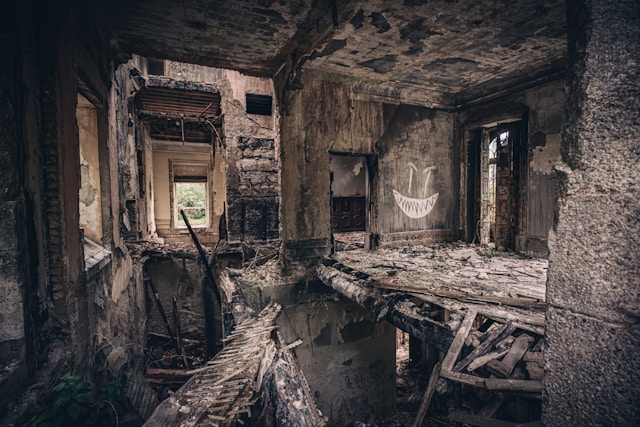A home fire can be incredibly disruptive. The damage comes in multiple layers, from immediately burnt and destroyed property to everything contaminated by heat, ash, and smoke. Additionally, there is financial damage from displacement, mitigation, and reconstruction. No surprise, many people and their insurance providers simply opt for total destruction and replacement where possible. It’s simpler, easier, and more direct. This is not a new issue; damage from fire has been a centuries-old problem for homes, and the number one cause continues to be people themselves.
The Extent of Fire Damage
When a home fire occurs, the ignition itself burns through the material. Because most homes today tend to be made of fundamentally petroleum-based products versus organic materials like wood or cotton, fires burn hotter. That temperature change not only increases the intensity of a fire the longer it burns, but radiant heat also damages nearby material.
Petroleum and plastic-based fire puts off darker, thicker, and more toxic smoke, which permeates and sticks to everything it comes into contact with. Ash from partially burned material, hot gases, and smoke fills everything where it can flow, and those contact points also become contaminated.
Putting out the fire involves destroying the material and smashing it, smashing it with extinguishing agents, or drenching it with water. All three create more damage in the goal to put out the fire. Finally, the remaining soot, ash, and smoke stains, as well as the remainder of the hot gases, are embedded into everything exposed.
Because of all the above, most homes where the fire was exposed must be gutted down to the foundation and the inside walls. That’s a tremendous amount of damage to deal with.
Applying Mitigation
The very first step after the fire is over and wholly put out, and once the home has been made safe to enter and won’t collapse, is to start the damage removal and cleaning phase. Companies like Valley Restoration & Construction excel in this kind of work, tearing down, cleaning, removing and sanitizing fire-damaged homes extensively. This is important because chemical residues can make people extremely sick, and they can also cause cancer with ongoing exposure.
A Time for Recovery
With the home wholly stripped of all its damage, reconstruction can finally occur. By this point, depending on the number of rooms affected, framing and wiring must be restored again before any internal walls and insulation can be put up. From there comes the restoration of the flooring, walls, and siding, and ultimately, repainting. Only then can the homeowners move back in with furniture and belongings. Homeowners typically have to rely on homeowners’ insurance to successfully pay for all involved.
In most cases, restoration completion in one year is uncommonly fast. But it can take longer with poor recovery services. So, choosing a mitigation and recovery service is essential for the fastest quality recovery from a home fire.

